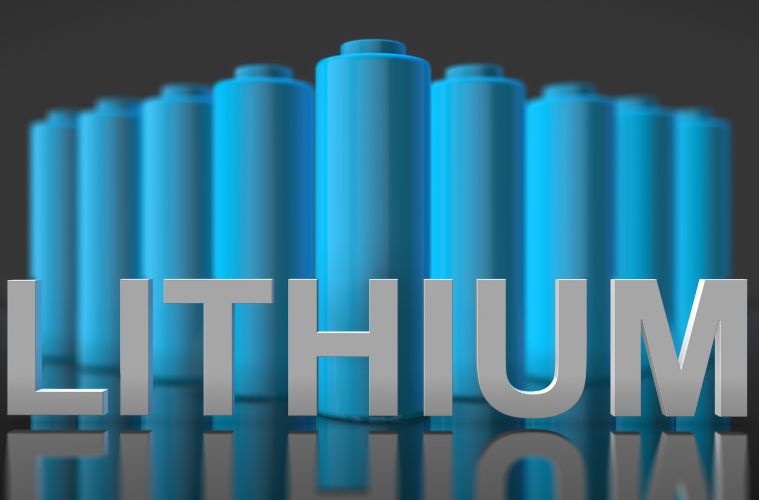
Batteries are essential for powering a wide range of devices, from smartphones and laptops to electric cars and renewable energy systems. One of the most important factors in choosing a battery is understanding the different chemistries available. In this article, we will discuss the most common battery chemistries and their characteristics.
Lead-Acid: This is one of the oldest and most widely used battery chemistries. Lead-acid batteries are commonly used in cars and other vehicles, as well as in backup power systems for homes and businesses. They are relatively inexpensive and have a long lifespan, but they are also relatively heavy and can be prone to leakage.
Nickel-Cadmium (NiCad): NiCad batteries are known for their high energy density and long cycle life. They are commonly used in portable electronic devices, such as cordless power tools and portable radios. However, they can also be relatively expensive and have a tendency to “memory effect,” which can reduce their overall capacity over time.
Nickel-Metal Hydride (NiMH): NiMH batteries are similar to NiCad batteries in many ways, but they have a higher energy density and do not suffer from the memory effect. They are commonly used in portable electronic devices and electric vehicles.
Lithium-Ion (Li-ion): Li-ion batteries are the most popular type of rechargeable battery in consumer electronics today. They have a high energy density, long cycle life, and do not suffer from the memory effect. They are widely used in smartphones, laptops, and electric vehicles. However, they can be relatively expensive.
Lithium Iron Phosphate (LiFePO4): LiFePO4 batteries are a type of lithium-ion batteries, but they use iron phosphate instead of cobalt oxide as the cathode material. They are known for their long cycle life and high thermal stability, making them a popular choice for electric vehicles and renewable energy storage.
In conclusion, each type of battery chemistry has its own set of advantages and disadvantages, and the best choice for a particular application depends on the specific requirements and constraints. It’s important to consider factors like cost, energy density, cycle life, and safety when choosing a battery chemistry for a particular application.




